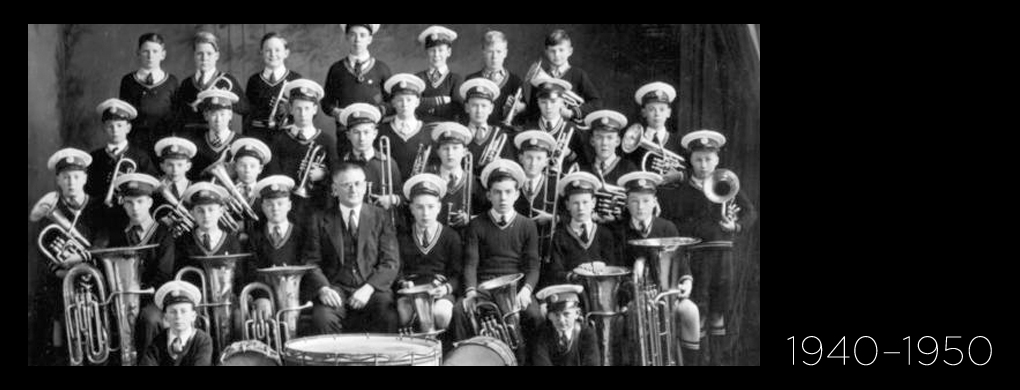Collingwood Technical School and the War Effort - skills, effort and innovation

In 1939 the School had 150 youths involved in the Youth Employment Scheme and these classes disappeared with the outbreak of the war. However, before the classes ended, students in the electrical trades were able to make a number of items useful to the military effort, including Morse key and buzzer sets for the 3rd Divisional Signals Company of the Army.
Defence training classes began in 1940 with the training of toolmakers and this continued until the end of the war and in 1941 to 1942, Collingwood was used as a central depot for receiving and despatching materials for all technical Schools to use in defence training.
In June 1941, the School Principal Alexander Strang, reported that the school was in the process of producing numerous pieces of equipment for the war effort, and besides the famous COLTECH lathe, this included thread milling machines, heavy surface plates, thread rectifying machines, and much more. Staff of the engineering department designed equipment such as a marking-off table weighing 2.5 tons for Middle East Command and surface plates RAAF at Laverton.
Electroplating was another area in which the school made substantial contributions to defence and industry. So much so, that even the Americans were interested. Electroplating facilities at Collingwood were used to train RAAF personnel as well as those from the US Army Air-force. Collingwood Technical School received acclaim from USA because of the training it provided to these American ex-servicemen, through to the end of 1948. The School Council received advice from the American Consulate in Melbourne on the 16th of August 1948, that Collingwood Technical School had been added to the list of institutes approved for the education of American ex-servicemen under the GI Bill of Rights. The American’s were brought to the school every day by an Air-force bus, much to the displeasure of local students and RAAF personnel, that had to march from either the Victoria Park train station or from the Exhibition Building where they were based.
References
Scott, Ian D. ‘COLTECH: a story of technical education in Collingwood, 1870-1987.’ Melbourne, Collingwood College of TAFE, 1988. This has been the major source of information about Collingwood Technical School, used in this history.